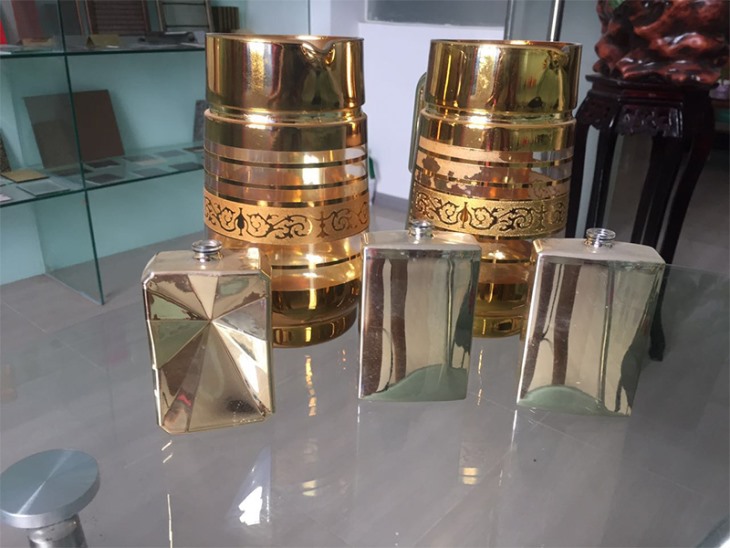Shelf surface coating treatment with electroplated oil coating instead of spray oil technology
The surface treatment process before the shelf and the shelf is generally the treatment method of spraying the oil after plating. However, due to the poor corrosion resistance of the spray oil, many electrophoretic coatings are now used to make the surface of the shelf, which improves the leveling of the appearance. Secondly, the brightness is much better, and the corrosion resistance is better. The function is also greatly improved than the spray oil. Therefore, more and more people choose electrophoresis instead of spray oil to do the processing of the shelves.
Here, Guangzhou Tianmai Chemical will talk about the advantages of electrophoresis and truss technology.
Shelf electrophoresis process (stainless steel)
Hanging→hot water washing→ultrasonic degreasing→water washing→pure water washing→pure water washing→electrophoresis→UF→pure water washing→pure water washing→pure water washing→drying
Compared with the truss process, the electrophoresis process has strengths:
1. The electrophoretic coating process is better than the injection molding construction function;
2. Electrophoretic coating reduces environmental pollution and damage, and does not pose a threat to the operator's health;
3. The solution in the electrophoresis process does not contain heavy metals or toxic substances, does not pollute the environment, and is conducive to environmental protection;
4. Its anti-neutral salt spray function is 300 hours or more, and the cost and corrosion resistance are superior;
5. The utilization rate of electrophoretic paint is as high as 90% or more, and there is little loss and cost.
6. The truss oil is attributed to flammable materials. It is necessary to stay away from heat sources and fire sources. Smoking is strictly prohibited within the scope of construction. Electrophoretic paints are classified as water-based paints, making them safer to operate and without the risk of fire.
Quality standards for shelf electrophoresis:
Before the electrophoresis of the shelf, the nickel plating or galvanizing process is generally used, and then the upper layer is covered with matte electrophoresis. The thickness of the electrophoretic paint film is generally 10-12um, the hardness of the paint film is 2-3H, the adhesion is 0, and the salt spray is resistant to 48-72 hours. More questions about the application of electrophoretic paint can be found in the enamel and electrophoretic paint network.

Related News
- What is the difference between waterborne glass paint and oily glass paint?
- Bubble problem in waterborne metal paint film formation
- Waterborne metal paint construction process
- Do you know the reason why glass lacquer can extend the life of log furniture?
- On the colored road, the old driver takes you on the road! Guangzhou Tianmai supply color wear-resistant pavement coating
- Characteristics and construction process of water-based crack paint
- In the hot summer days, the colored pavement will provide you with “heat and heat”. Guangzhou Tianmai supplies colored wear-resistant pavement paint.
- Waterborne glass paint type and application precautions
- How to apply water-based crack paint? Tianmai Chemical will solve your problems!
- Can epoxy anticorrosive paint be used outdoors?
- What is the use of glass paint? How to use glass paint correctly?
- Is waterborne glass paint harmful to the body?
- Why use self-leveling epoxy floor paint in food factory workshops?
- Technical specifications of water-based glass paint
- Crack paint problems and solutions
- How do you know how to build self-leveling epoxy floor paint?
- What is the reason for the poor hardness of the floor paint?
- Water-based crack paint use attention method you should know
- Selection and construction process of epoxy antirust paint
- Problems that should be paid attention to during the construction of industrial floor paint

